|
These brite cut buttons with brass birds were used on a wedding dress in 1886. White wedding dresses became popular in 1840 after Queen Victoria married Prince Albert. Before that, wedding dresses came in many colors.
During the Middle Ages & Renaissance, colors had symbolic meanings and wedding dresses were made in a range of colors. Blue was a popular choice as it represented chastity but brides also choose colors like green, red & yellow. If artist Hieromymous Bosch designed antique French buttons, I imagine they’d look like worms with heads & snakes. My reference book says these are Seps, snake-like mythological creatures with the heads of other animals. What do you see? I see a rabbit, dog & cat heads.
These storybook buttons feature a character "Mr. Rook." The design was a based on a story, "The Ballad of Mr. Rook," written by George Wyndham, chief secretary of Ireland, & illustrated by his wife Madeline, to entertain their ill son. The story was published in 1901 in verse form, about a company of rooks (birds smaller than crows) who gather in Clouds, Mr Wyndham's family neighborhood. There the birds find a safe place to nest & a kind lady to feed them. The bird with the umbrella is based on an illustration from the story, because even delicate Victorian birds need not get wet. 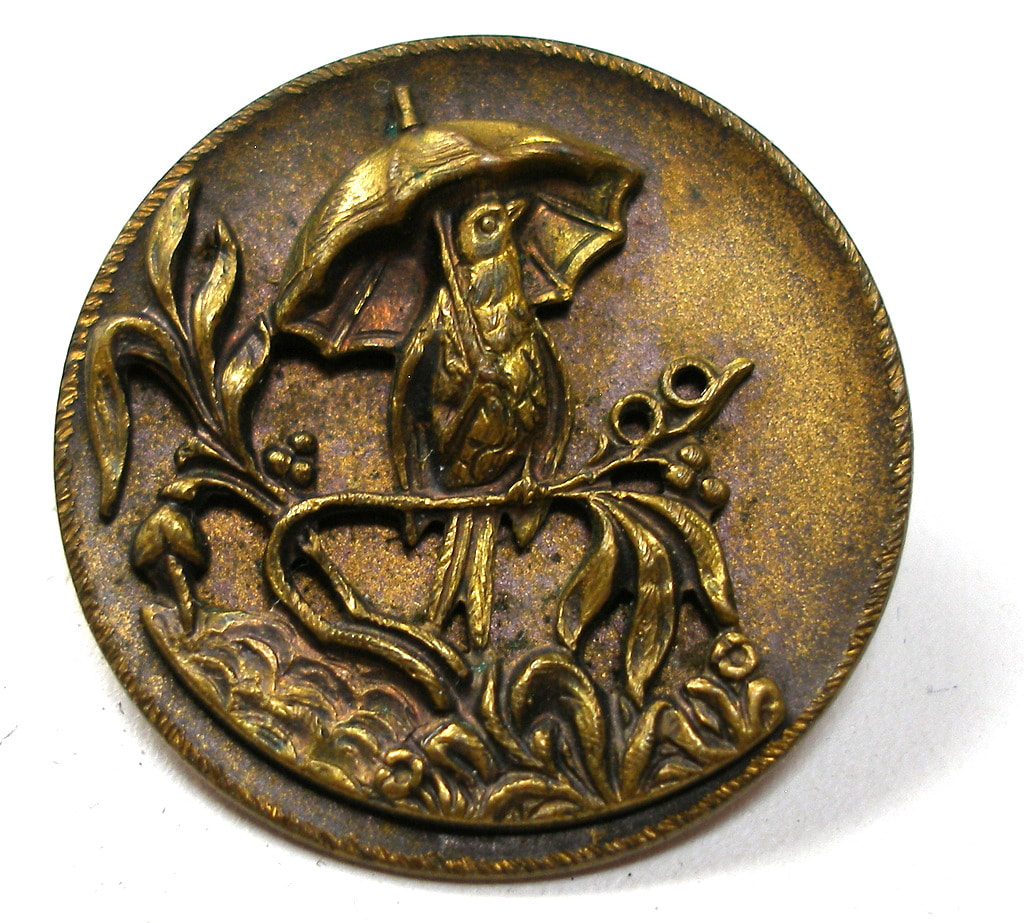 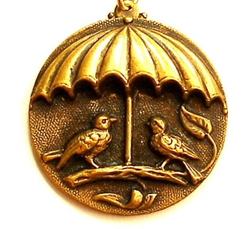 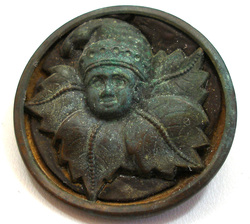 Many serious button collectors are against cleaning antique buttons. However, since I am not a collector but a user of antique buttons, I prefer to clean them & bring these miniature pieces of art back to their former glory & beauty. I once believed that cleaning a button would devalue it. Now I'd rather uncover the mysteries under 100 years of rust, grime & verdigris. One of the first buttons I cleaned revealed a hidden strip of copper that was etched with a Greek key design. Just as we feel renewed after a good cleansing shower, so to are these buttons brought back to life. Antique Victorian crane buttons made in Paris, France, on original card with blue metallic tint. The crane, stork, or heron are 3 similar looking birds with similar symbolism dating to ancient times. Fifteen species of crane inhabit five continents.
Greek & Roman myth described the dance of cranes as one of love, joy & a celebration of life. The crane was associated with the sun god Apollo & is a sign of Spring. In Japanese, Chinese & Korean culture, the cranes fabled lifespan of 1000 years has made it a symbol of longevity, immortality & happiness. The Japanese Crane has a red crown & white body. It stands nearly 5ft tall, with a wingspan of more than 6ft & is considered one of the most magnificent. These large & powerful wings were believed to carry people to higher levels of spiritual enlightenment & souls to paradise. The Japanese refer to the crane as “the bird of happiness;” the Chinese as “heavenly crane,” believing it to be a symbol of wisdom. |
Archives
July 2024
Categories
All
|
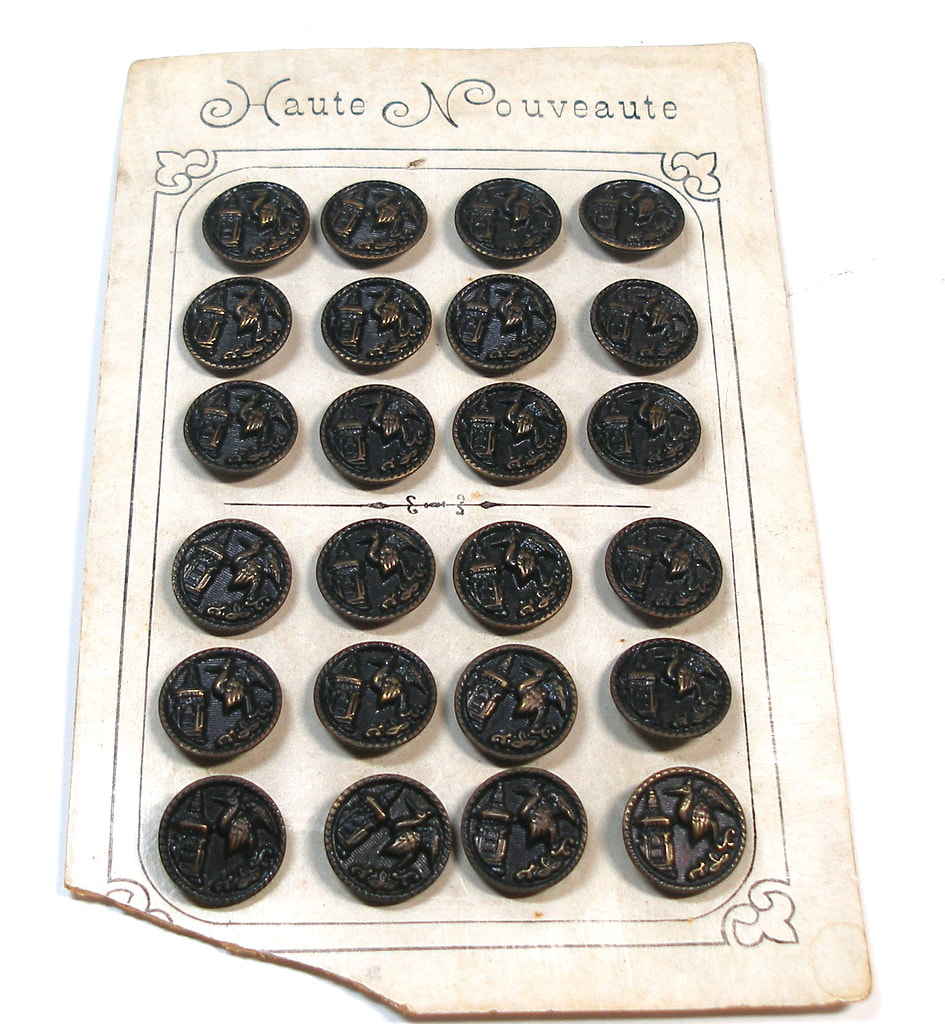
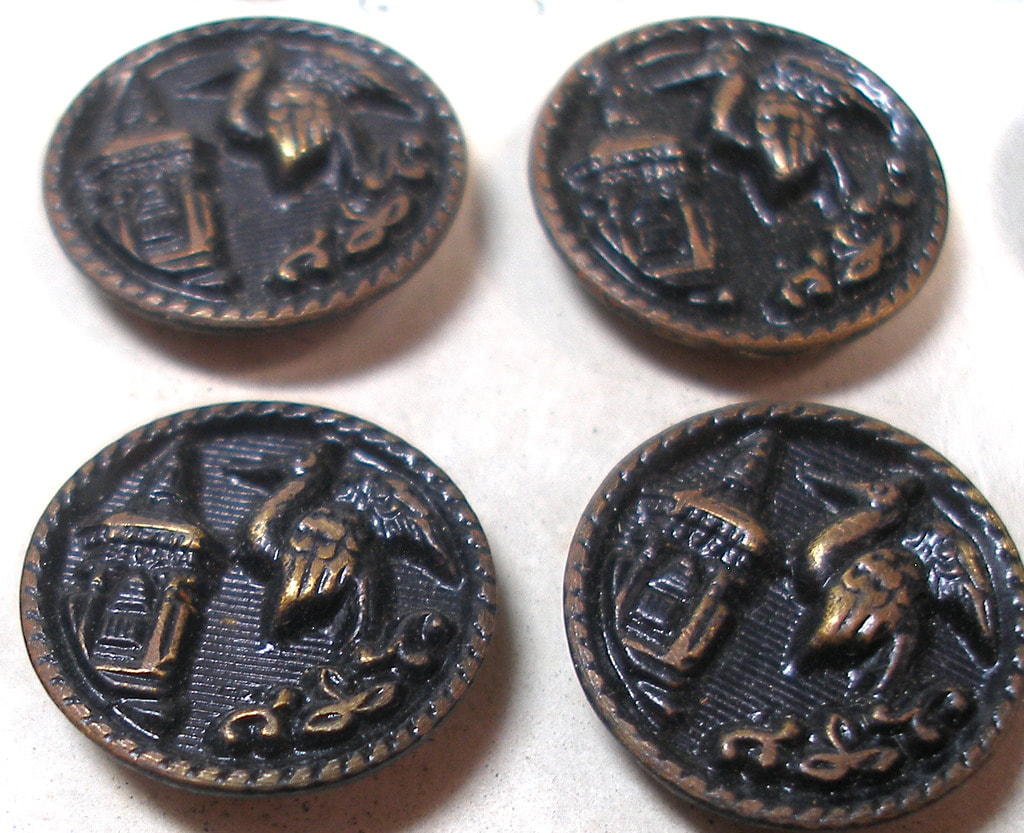
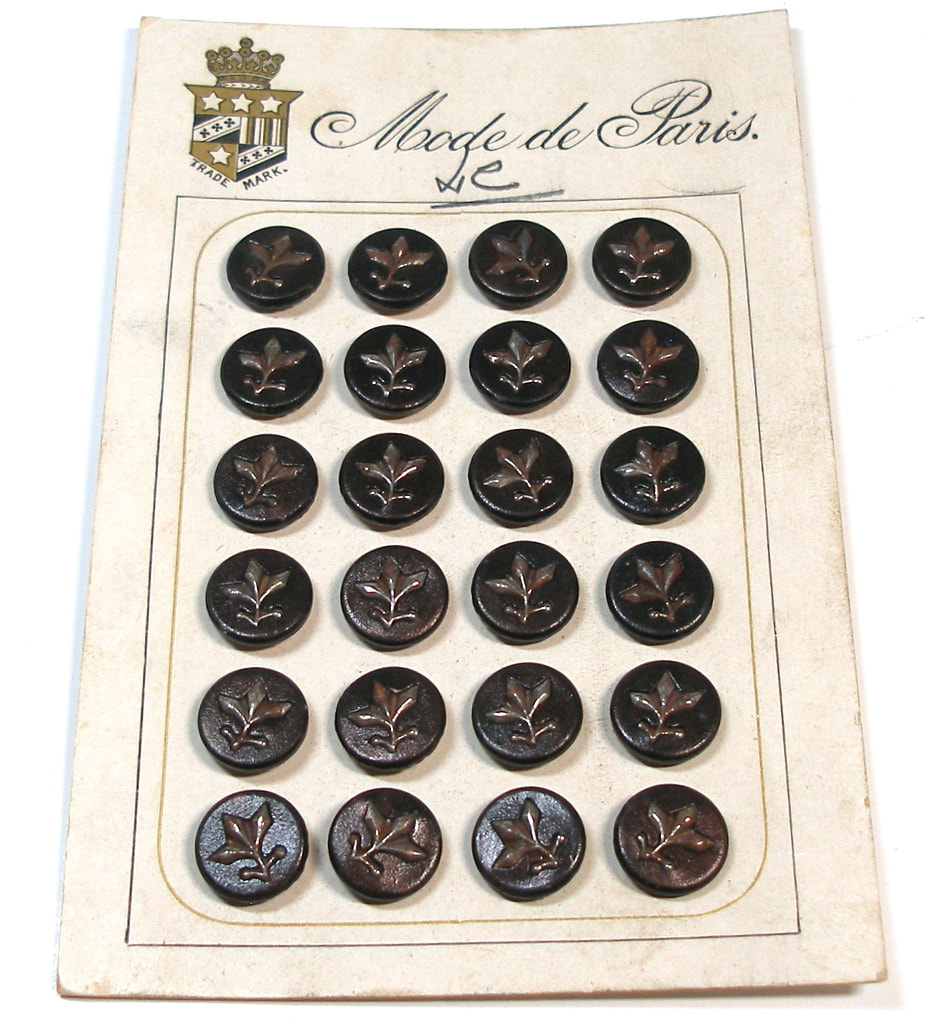
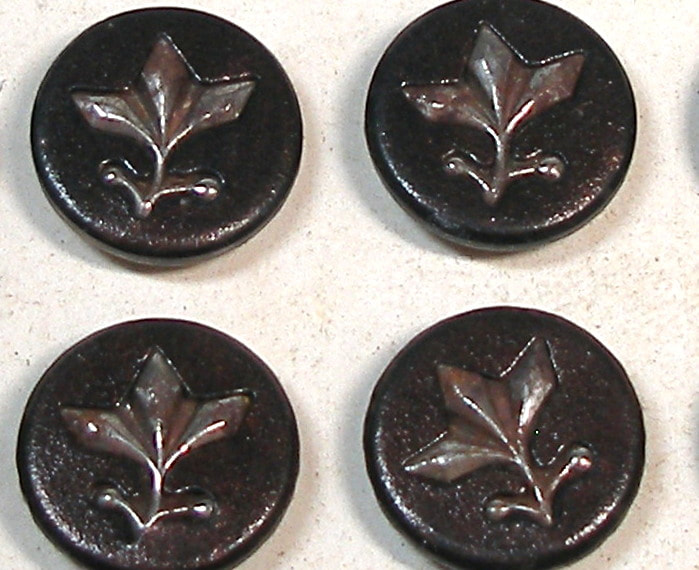
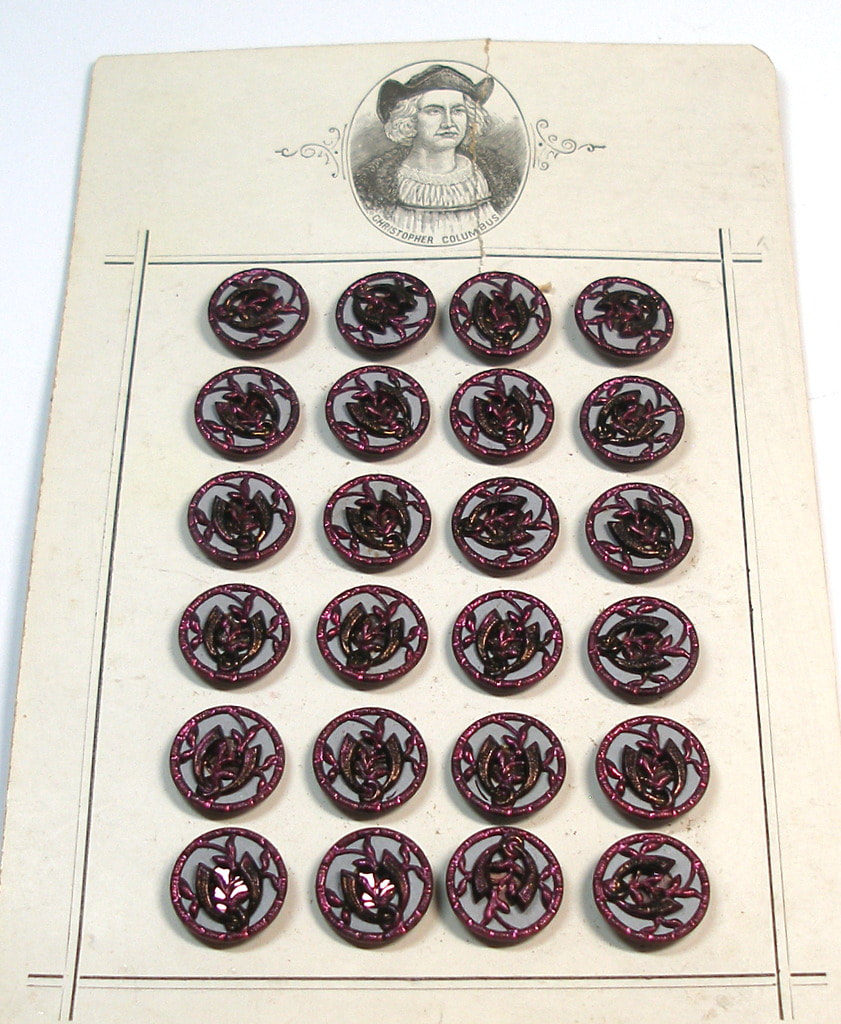
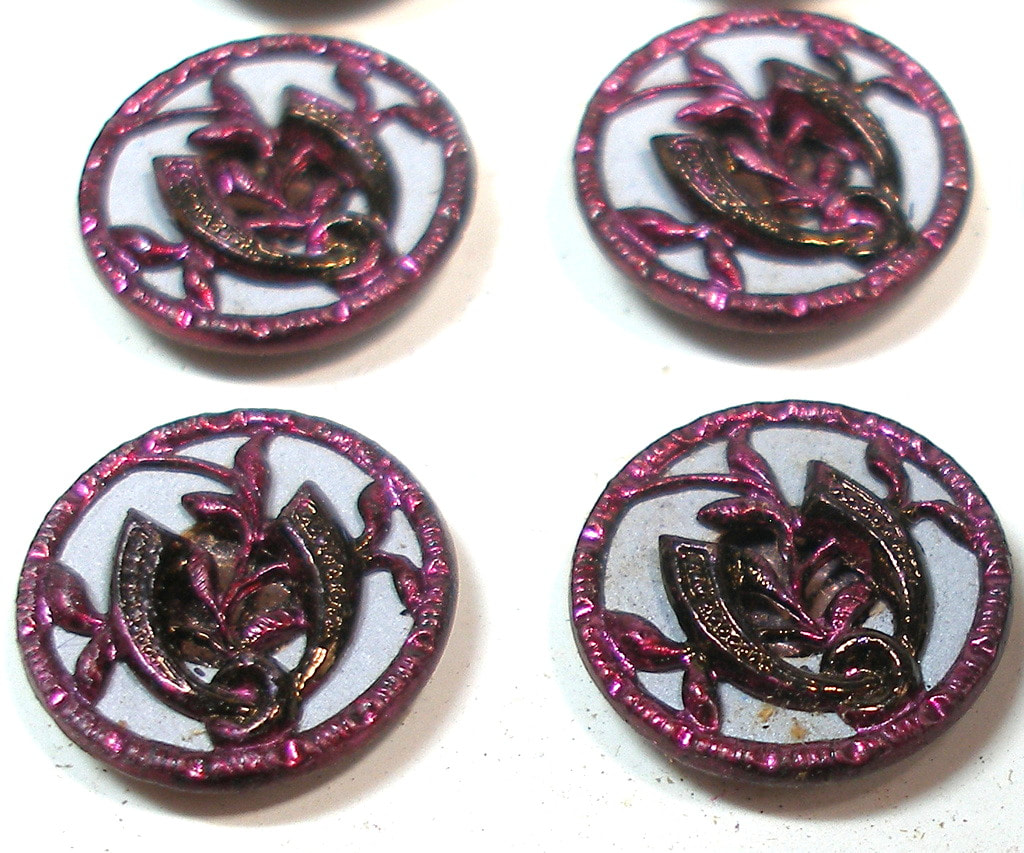
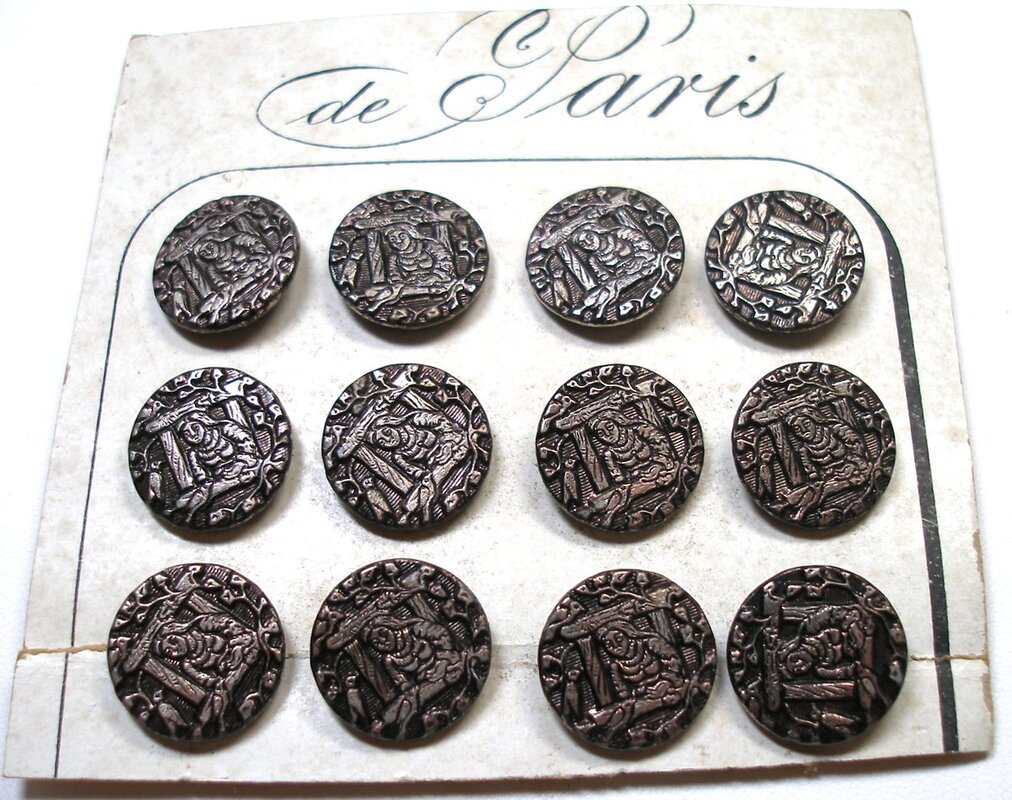
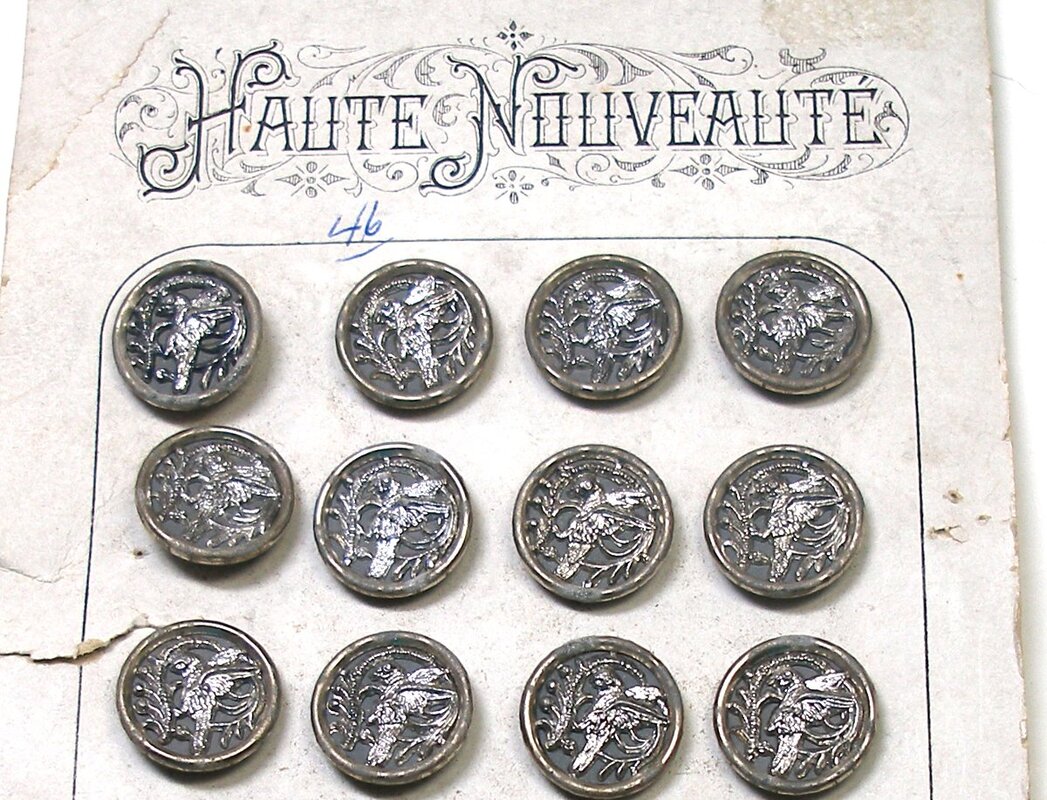
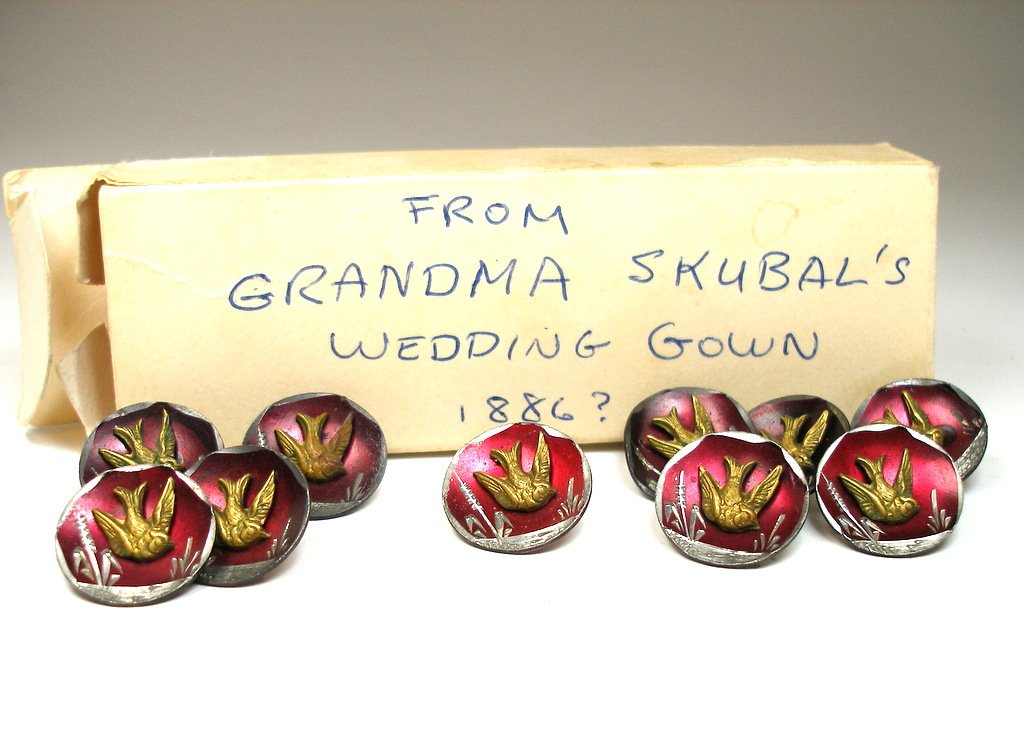
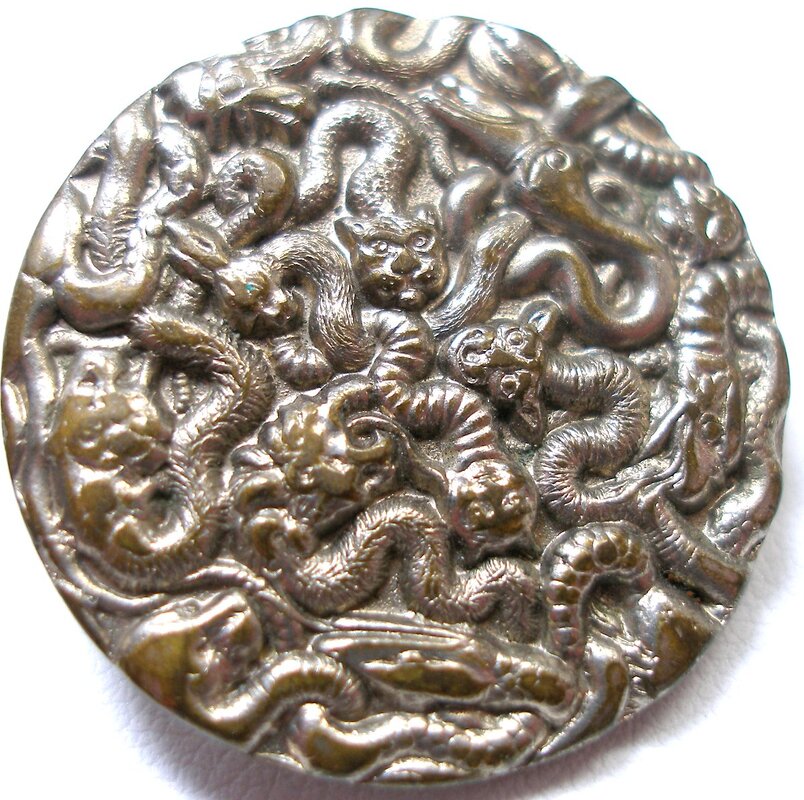
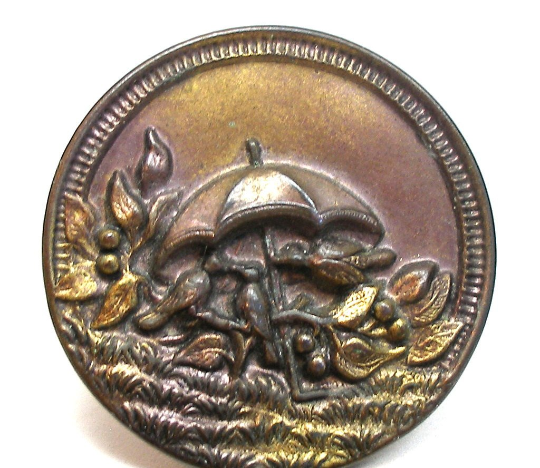
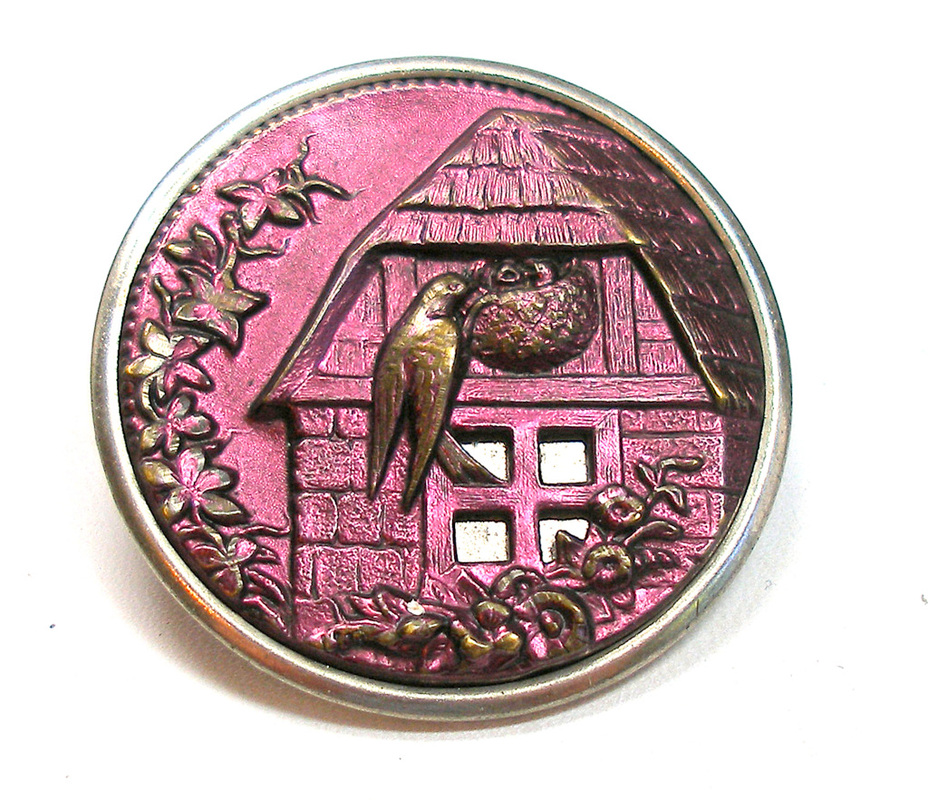

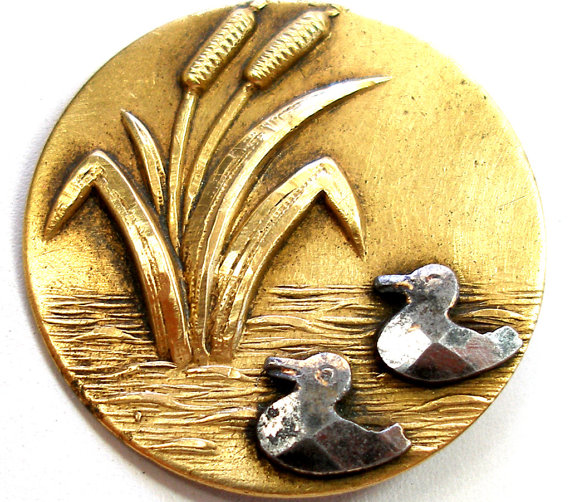
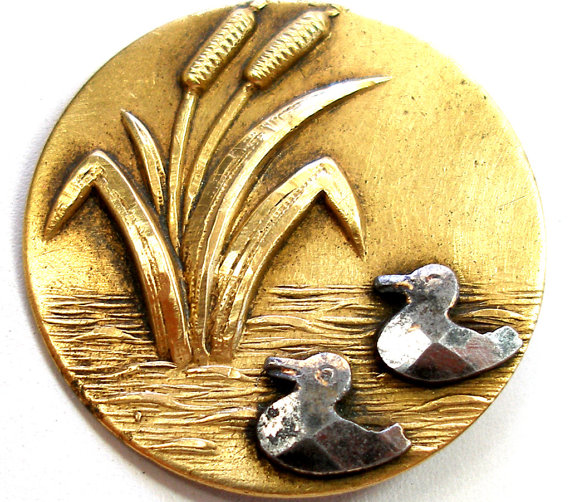
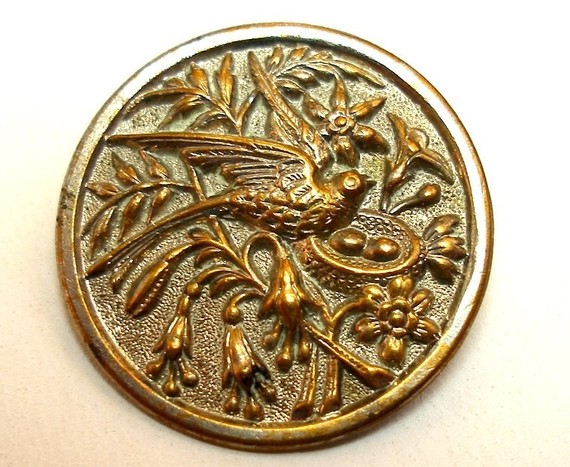
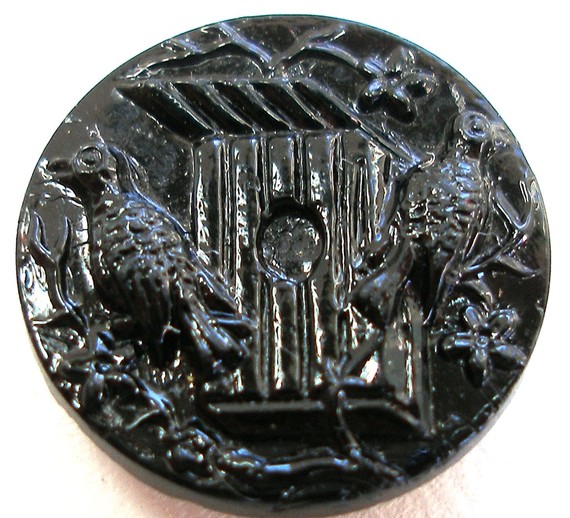
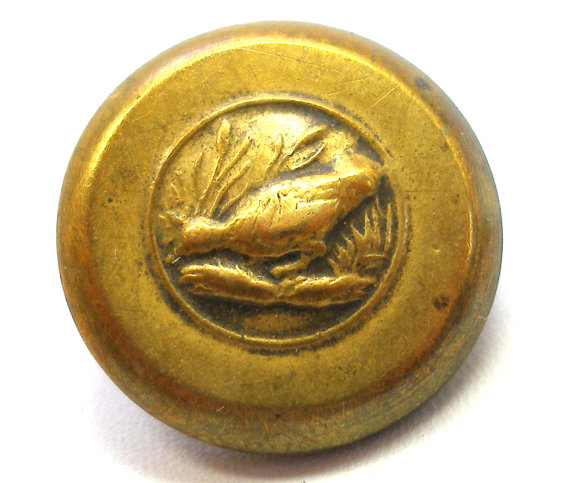
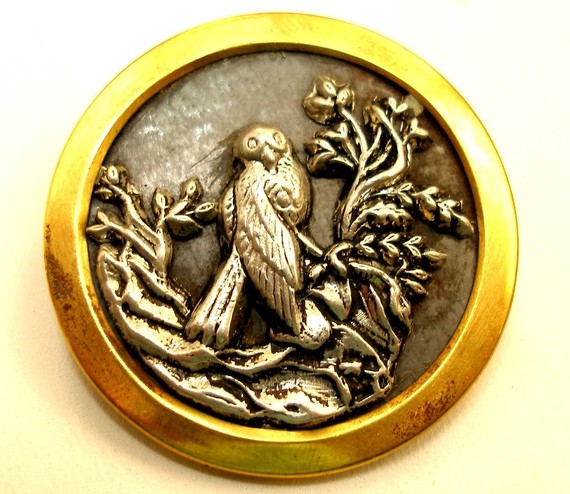
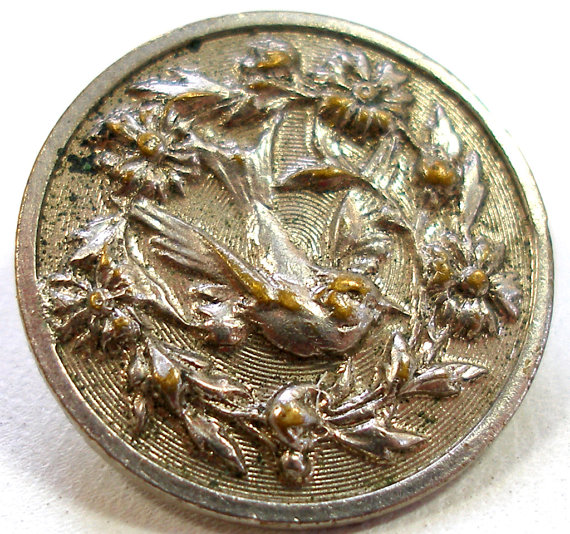
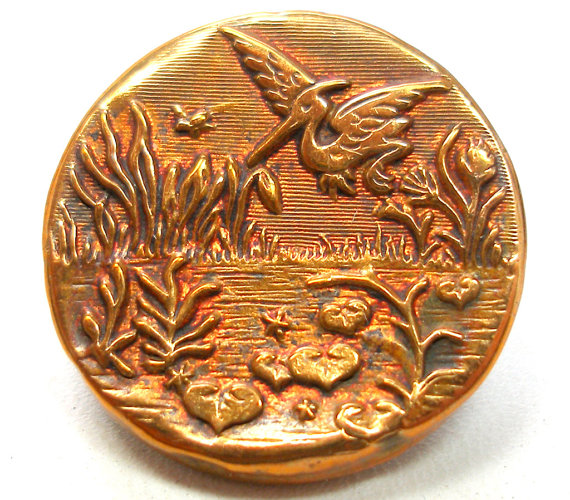
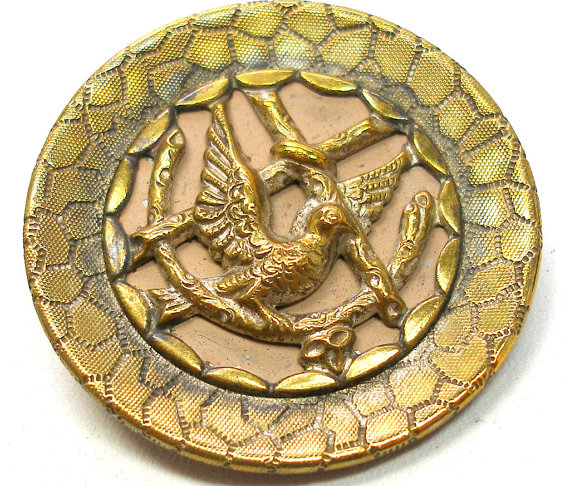
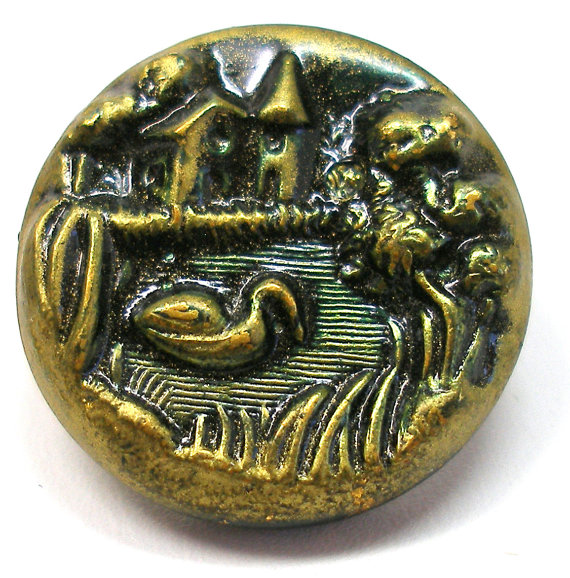
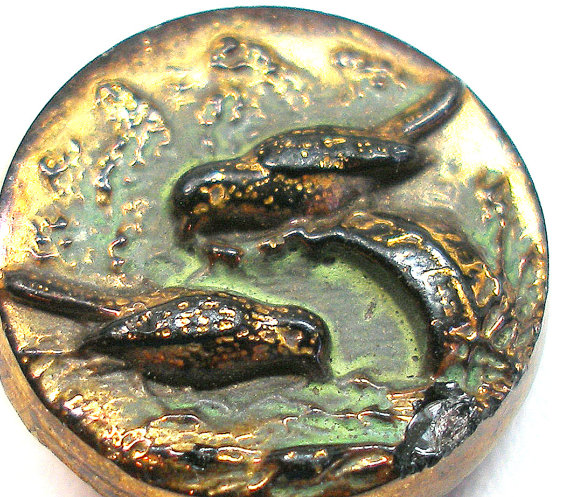
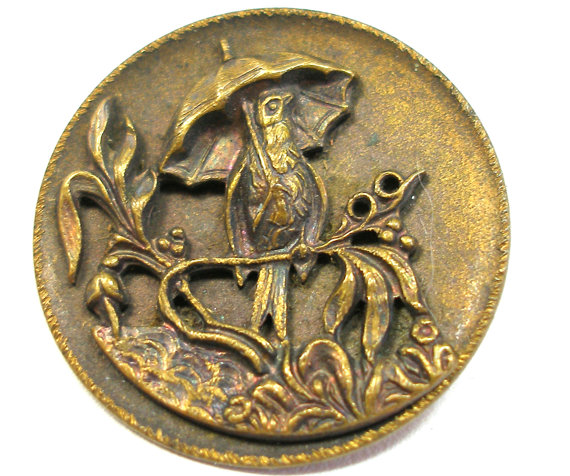
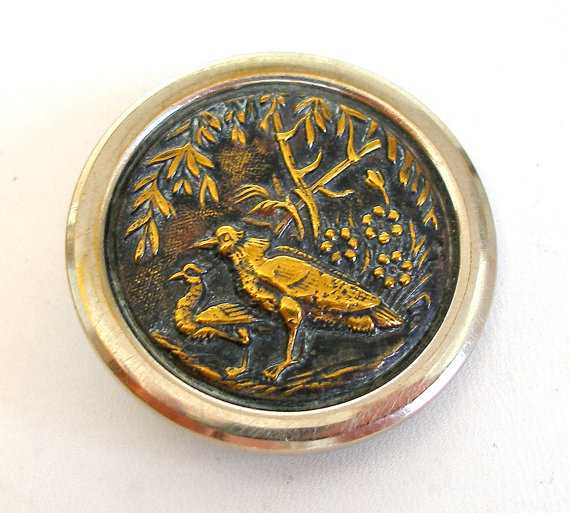
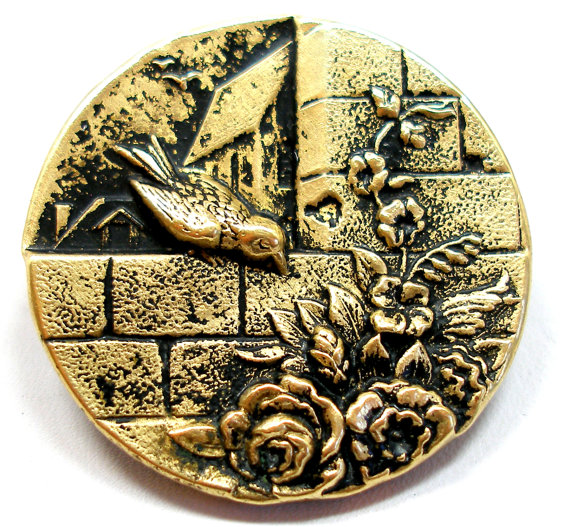
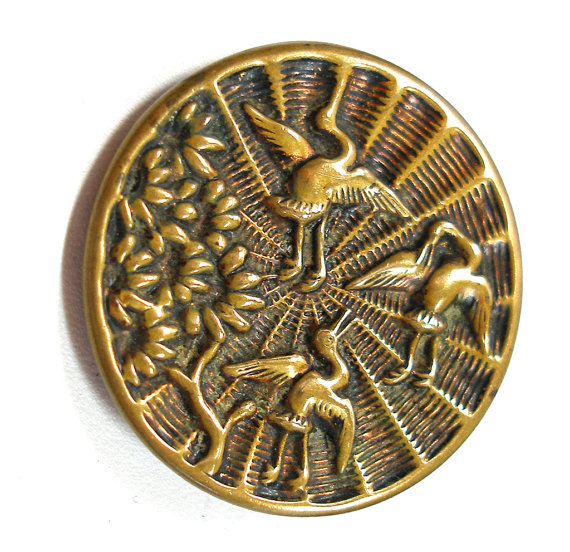
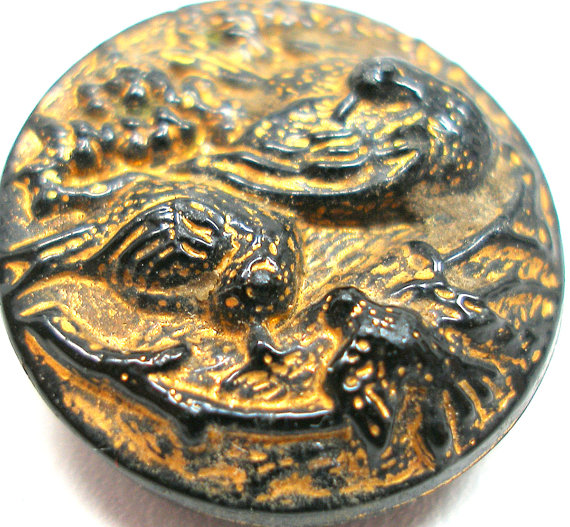
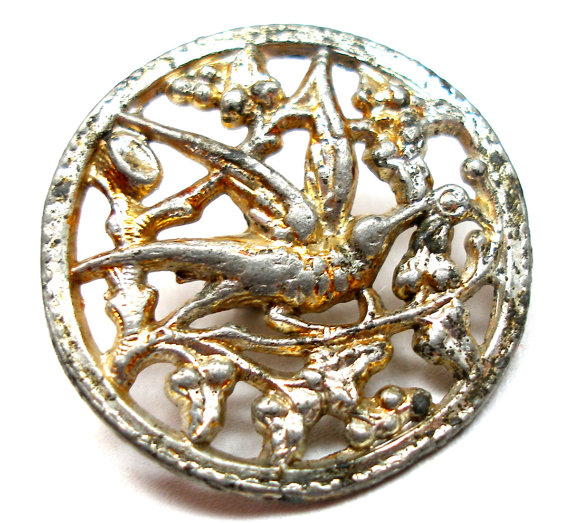
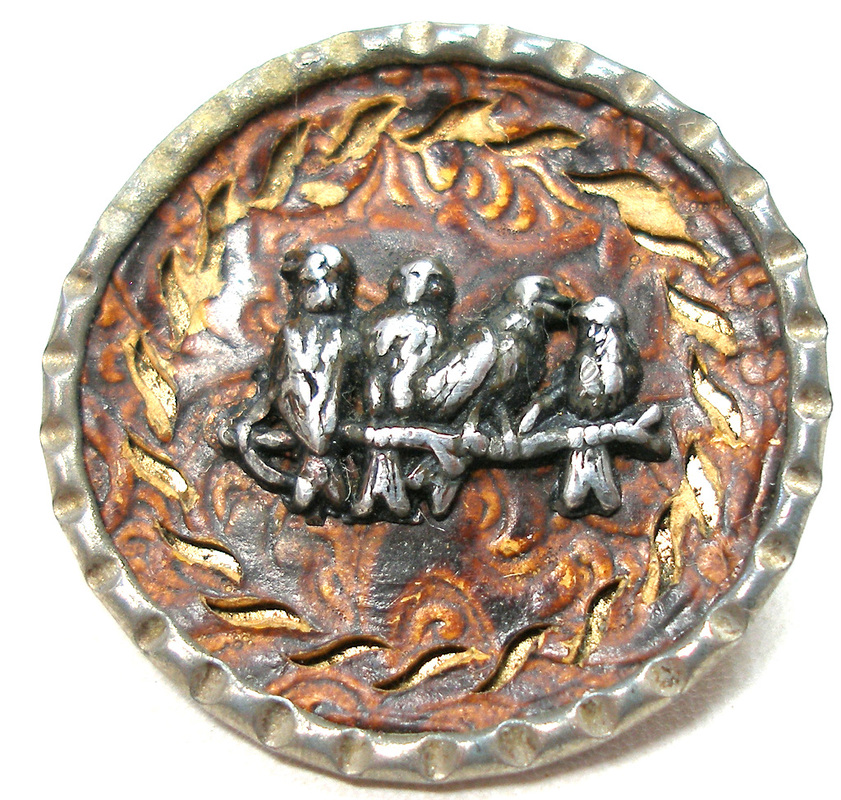
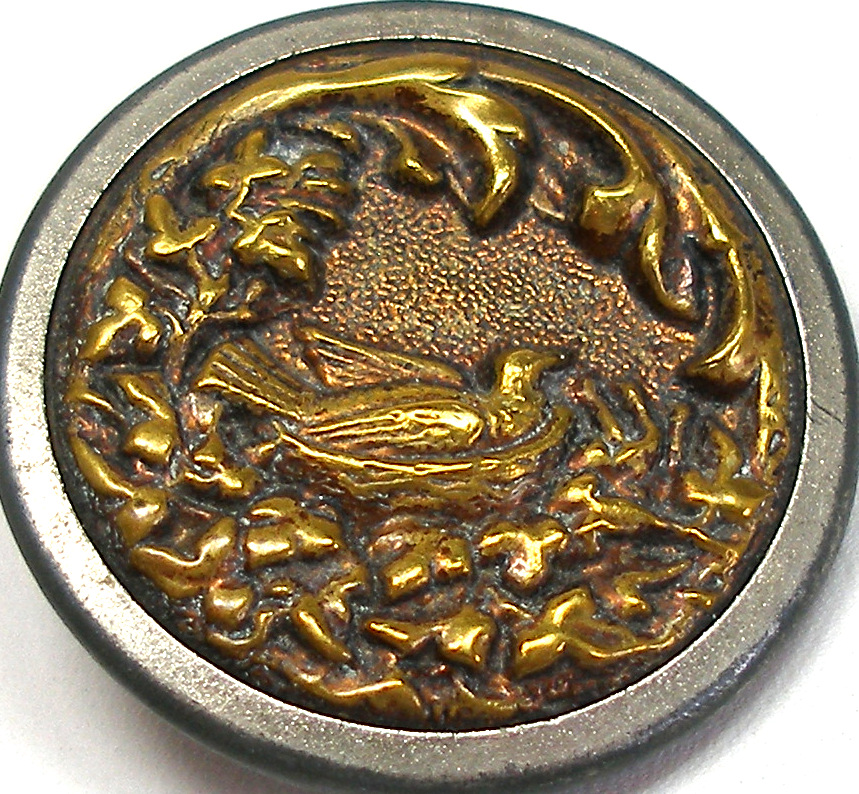
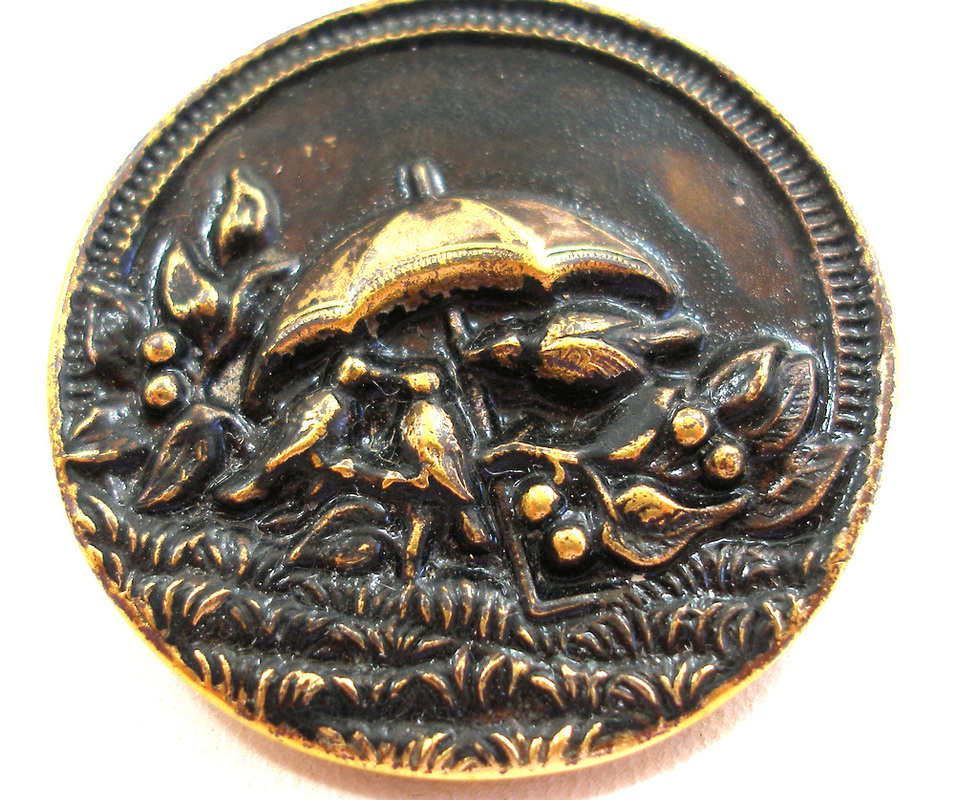
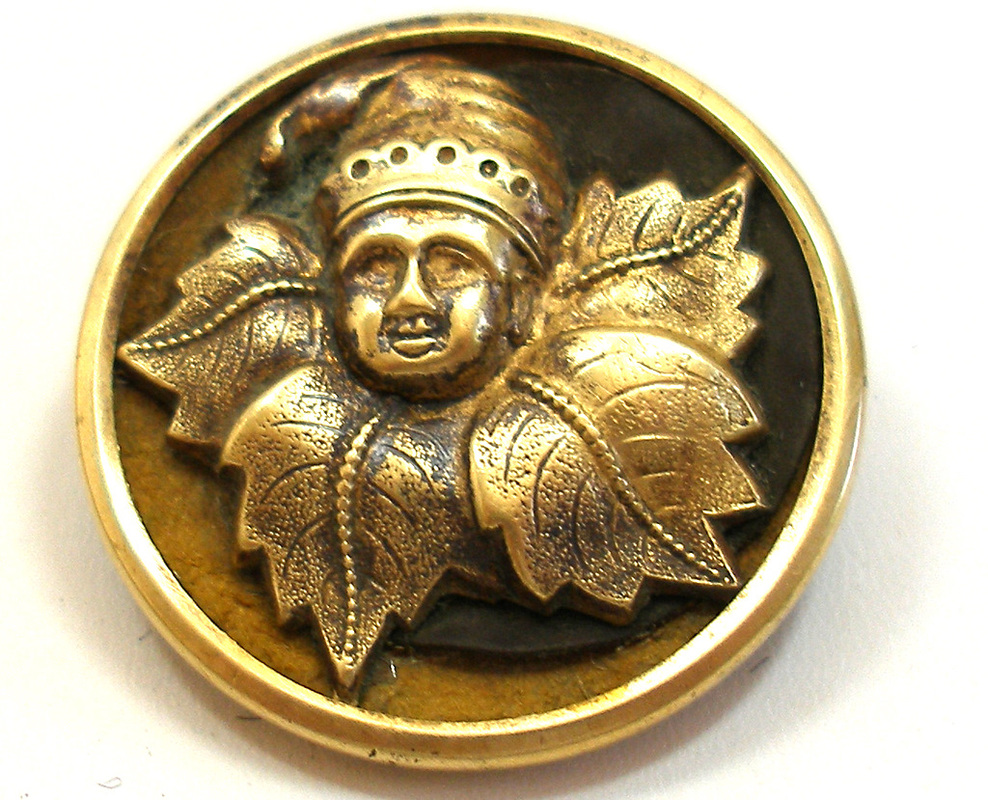
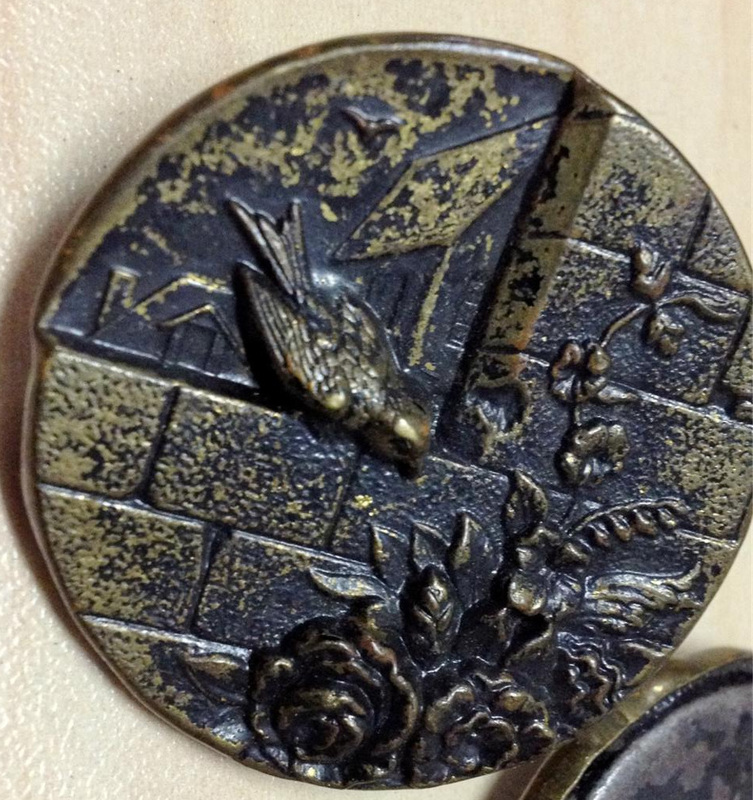
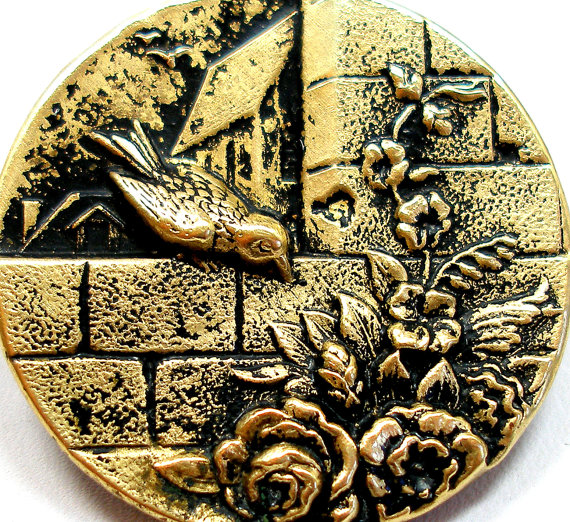
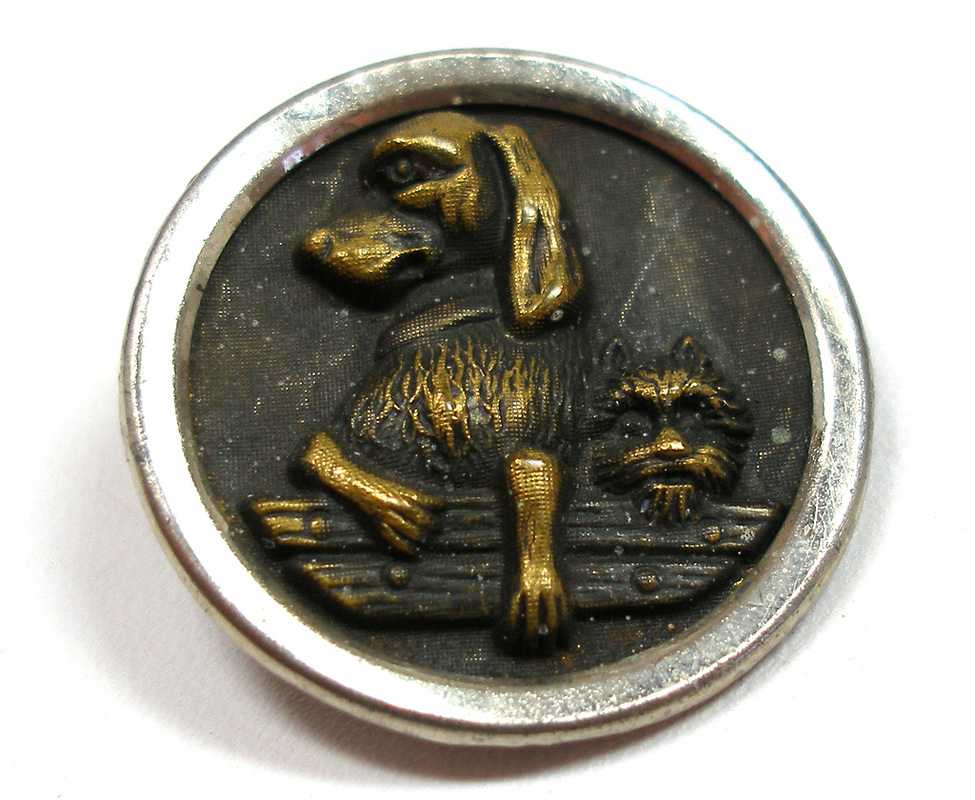
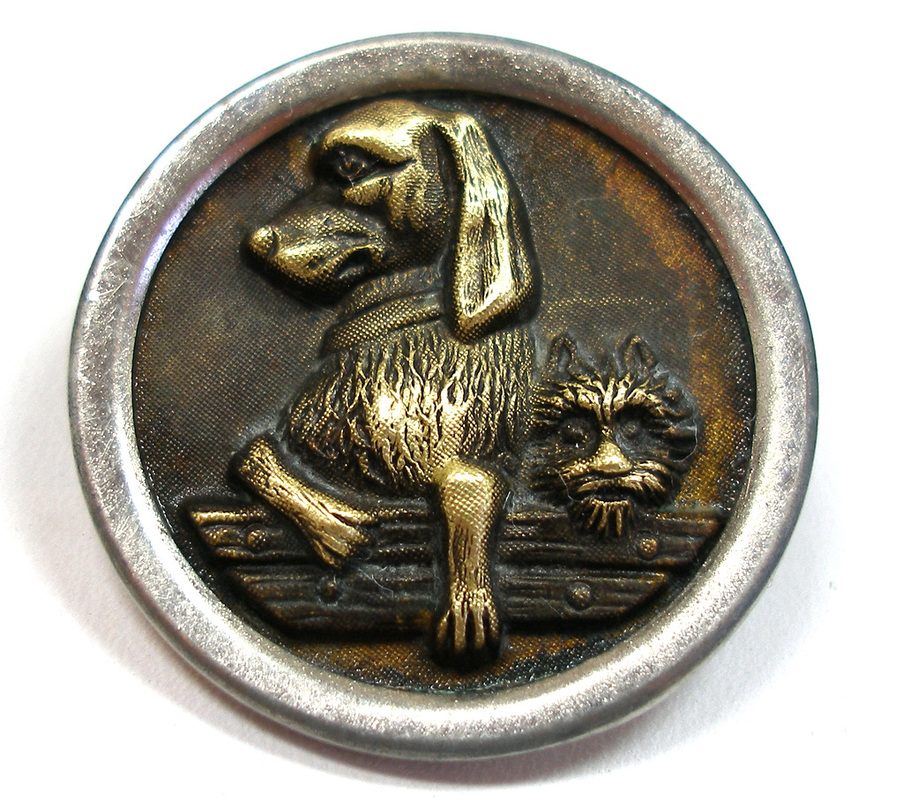
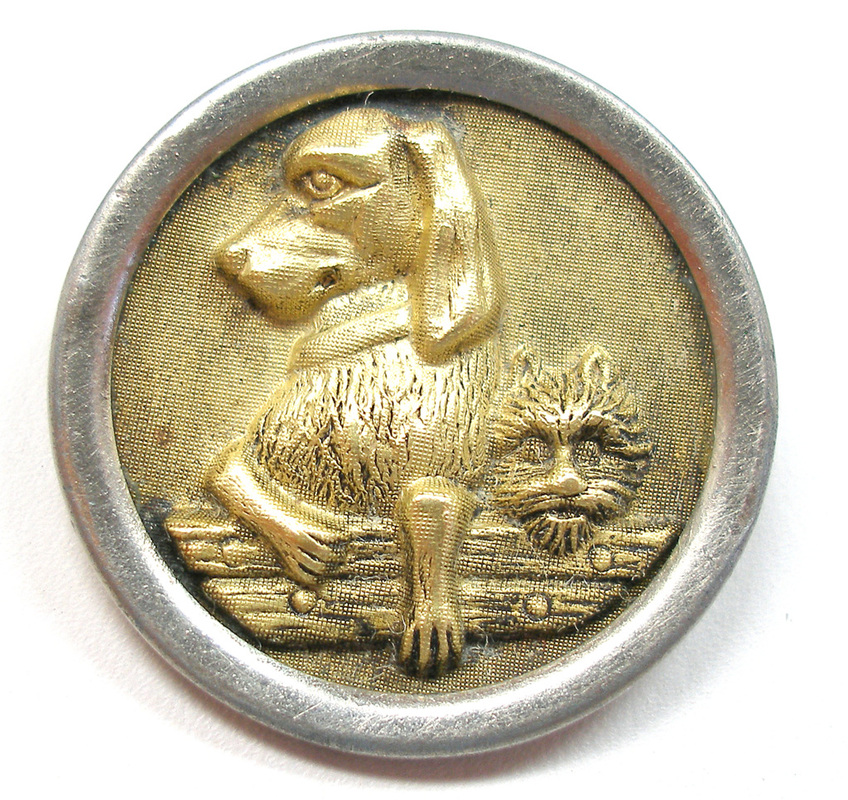
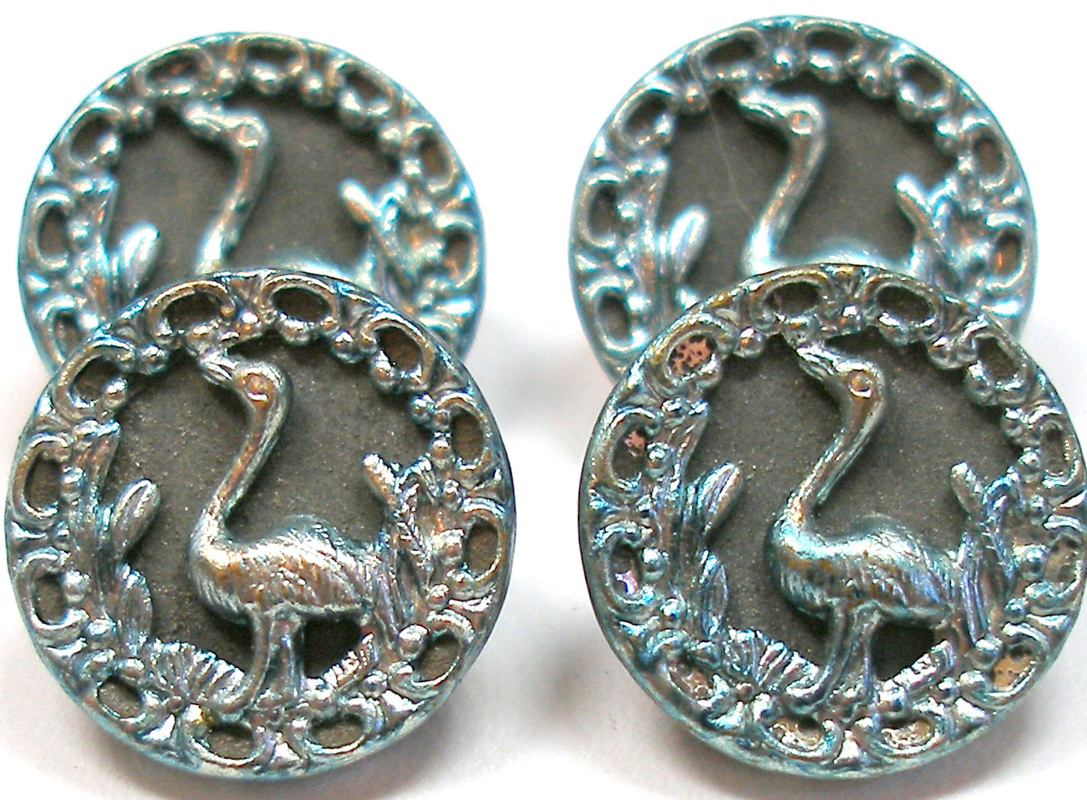
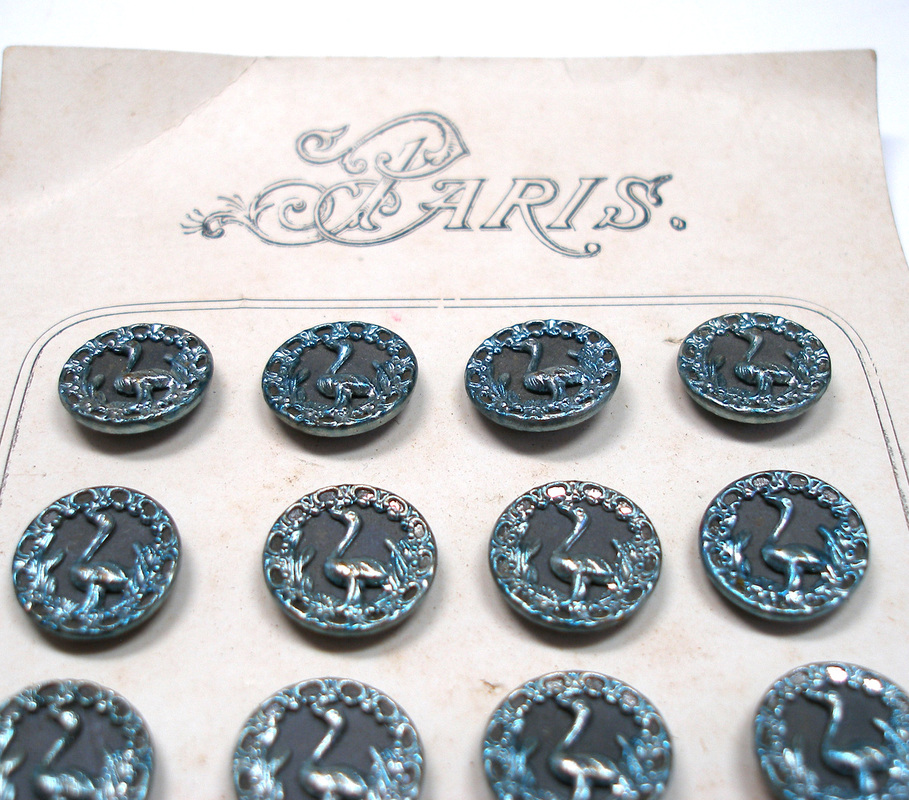
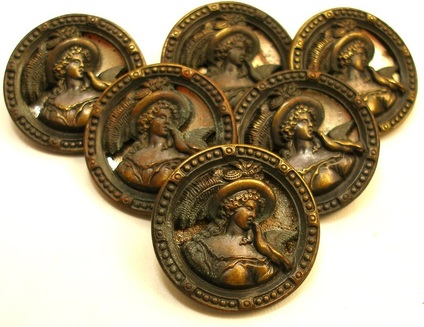
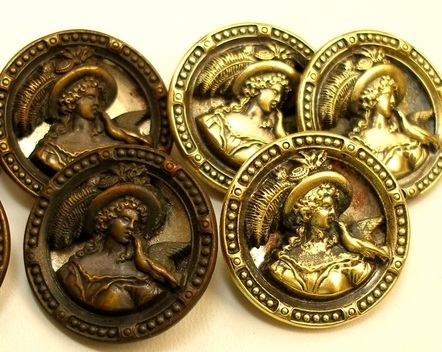
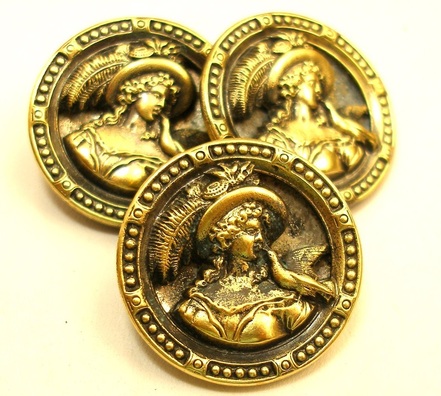
 RSS Feed
RSS Feed
